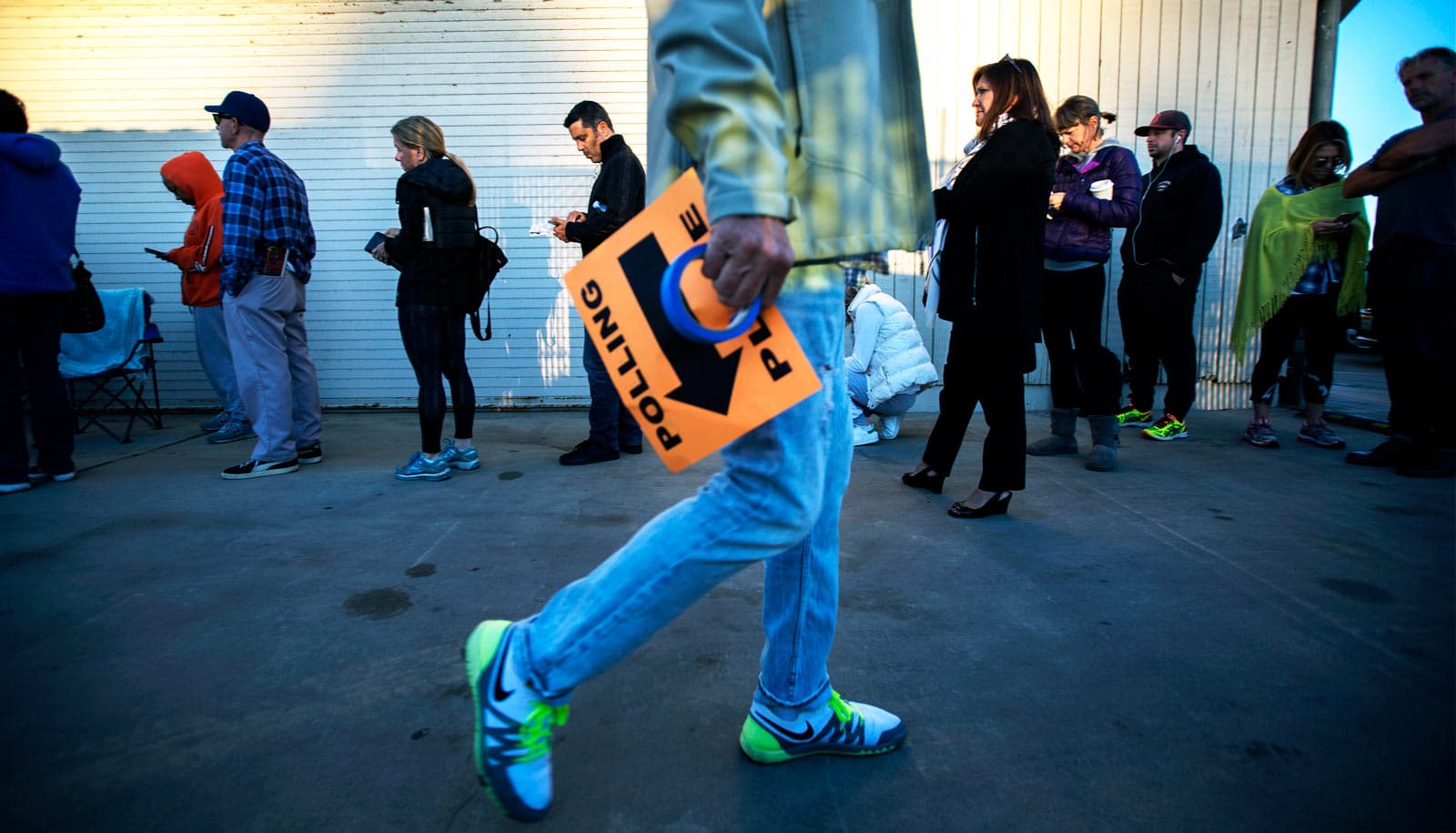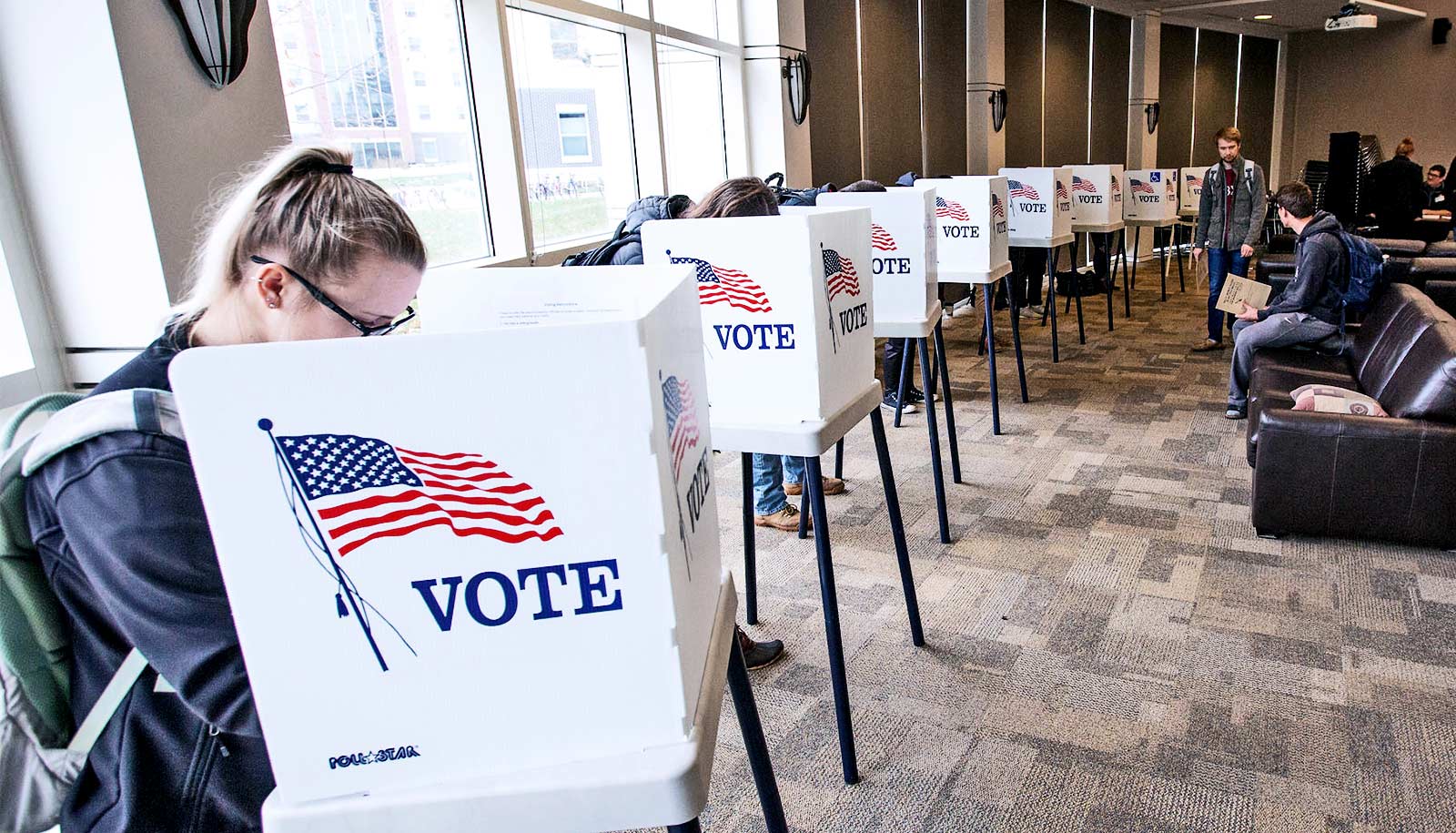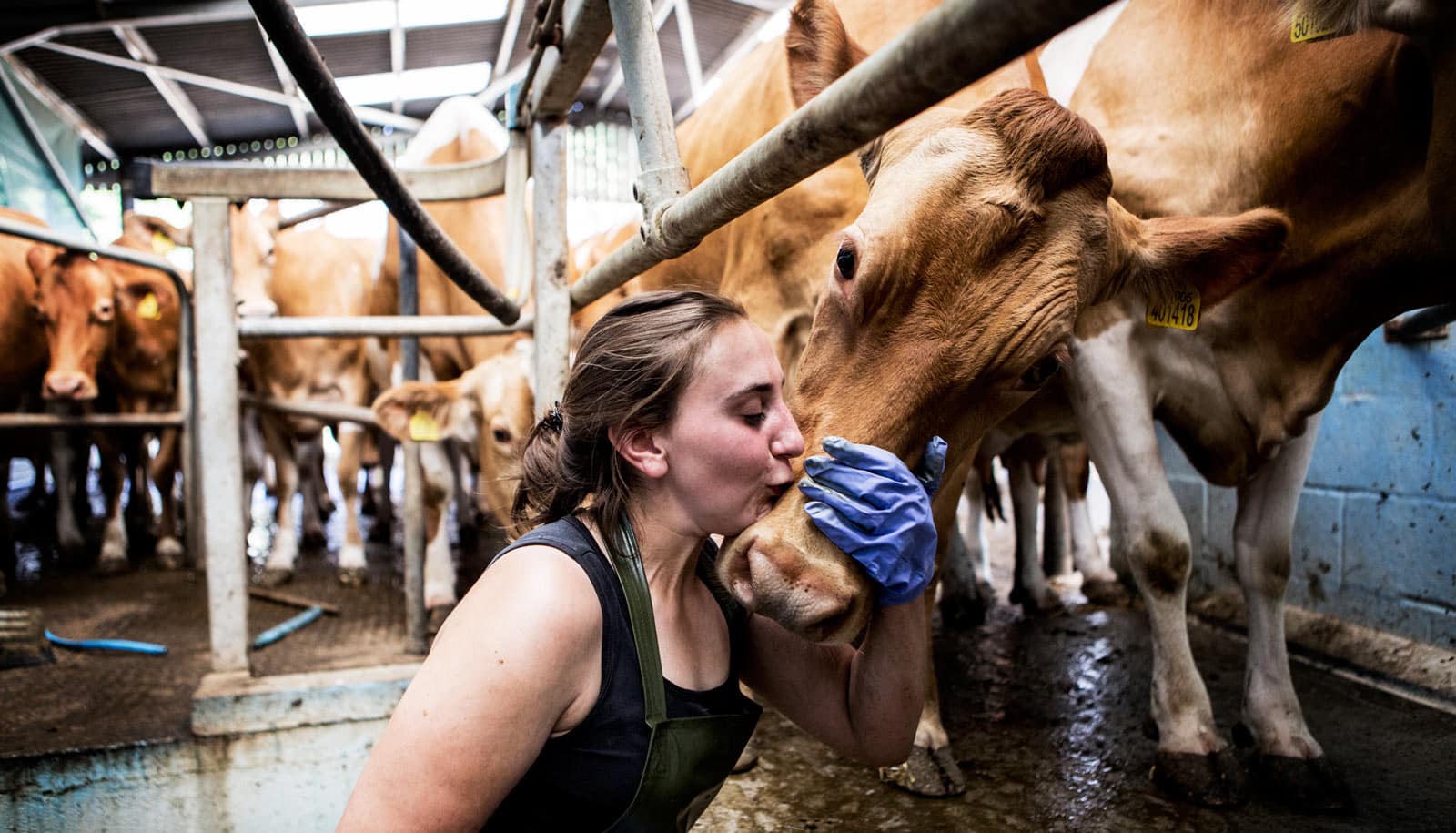The geographic distribution of Democrats and Republicans has turned political campaigns into high-stakes battles in which the parties pit urban against rural interests, research finds.
Political scientist Jonathan Rodden argues that ever since President Franklin Roosevelt’s New Deal of the 1930s, the Democratic Party has evolved to become an almost exclusively urban party.
The geographic concentration of Democrats in cities has led to a systemic underrepresentation in Congress such that even if local district maps were drawn without regard for partisanship, their seat share would still fall short of their vote share, says Rodden, a professor of political science in the Stanford University School of Humanities and Sciences and a senior fellow at the Hoover Institution. Rodden is also the founder and director of the Spatial Social Science Lab at Stanford.
Rodden’s analysis—which included a geo-spatial, statistical deep dive into election and Census data from the 19th century to the present—appears in his new book, Why Cities Lose: The Deep Roots of the Urban-Rural Political Divide (Basic Books, 2019).
Here, Rodden explains how the urban-rural divide emerged in contemporary US politics and offers three potential solutions:
Your research found that by the early part of the 21st century, Democrats have become, for the most part, an urban party. How did the geographic divide emerge between the two parties?
The contemporary geographic divide is rooted in the industrial era. The Democrats emerged as an urban party during the New Deal, when they formed links with labor unions and won support among industrial workers in cities. Remarkably, a map of the Democrats’ support today is still largely a map of early 20th-century industrialization.
But the geographic concentration of Democrats in cities has only intensified since the 1980s, even after manufacturing was long gone from city centers, and after the emergence of concentrated centers of knowledge-economy employment in cities like Boston and San Francisco.
Urban-rural polarization strengthened in more recent decades because once the Democrats had a coterie of long-serving urban incumbents, they became the targets of new urban interest groups seeking allies. This process started with urban African Americans in the civil rights era, continued with social progressives in the 1980s and, most recently, with the urban knowledge-economy sector. Likewise, Republicans formed similar alliances with rural and exurban groups over time. Each time a new issue was politicized, from civil rights to abortion to immigration, the Democrats took up the “urban” perspective, which led to a ratchet-like polarization over time as voters sorted themselves into the parties according to their preferences on these new issues.
Can you give an example from your research about how political geography has come to undermine political representation?
The intensification of urban-rural polarization in recent decades has led to an increasing concentration of Democrats in densely populated cities. In the United States and other former British colonies, legislative representation takes place through winner-take-all electoral districts. This form of representation causes difficulties for the Democrats because their support is inefficiently distributed across districts. Their candidates win by overwhelming majorities in large cities, but they often lose by relatively small margins elsewhere.
There are Democratic enclaves in smaller post-industrial cities and college towns spread out along the 19th-century railroad tracks, but when districts are drawn, these concentrations are often overwhelmed by the surrounding sparsely populated Republican periphery. Thus, Democrats often win a greater share of votes than their share of seats, especially in the states of the Midwest, where it is commonplace for the Democrats to win statewide elections without coming anywhere near a majority in the state legislature or the congressional delegation.
Something similar has been experienced by Labor parties in other countries, but the Democrats’ problem with geography is often exacerbated by the unique American practice of partisan gerrymandering.
Other than Democrats moving to rural areas and Republicans to urban ones, what else can be done to manage the consequences of urban-rural polarization?
First, residential migration might eventually help assuage urban-rural polarization, not because Democrats are moving to rural areas or Republicans to cities, but because a diverse cross-section of Americans—including minorities—is moving to sprawling, affordable, and politically heterogeneous suburban areas around rapidly growing cities like Orlando, Phoenix, and Houston.
Second, urban-rural polarization is especially pronounced in the United States because of the two-party system. Greater diversification in the party system, perhaps helped along by reform to the electoral system, could serve to reduce polarization.
Third, even if the existing two-party system remains, one of the parties might eventually face incentives to reach across the divide after a devastating loss, perhaps “unbundling” some of the issues that have been joined together in recent decades. Or the parties might return to a strategy that was common in the 1970s and ’80s, especially among the Democrats: allowing legislative candidates to differentiate themselves from the national label and adopt platforms that are tailored to the local electorate.
But in all likelihood, urban-rural polarization will not fade away quickly or easily, in which case the United States will continue to rely on its tradition of federalism and local autonomy as a way of coping with geographic sectionalism and gridlock at the federal level.
Source: Stanford University



